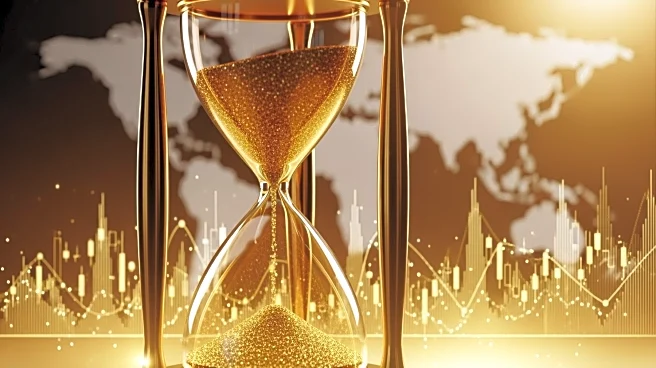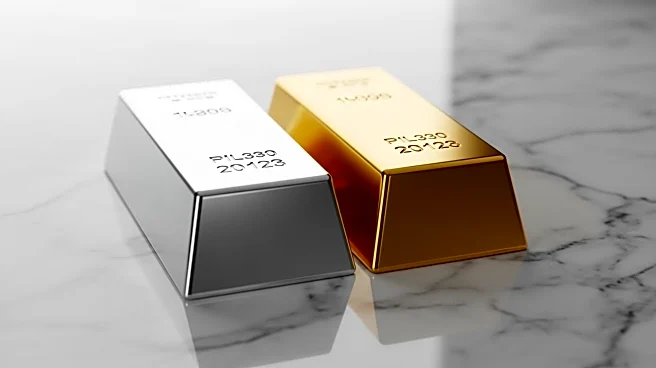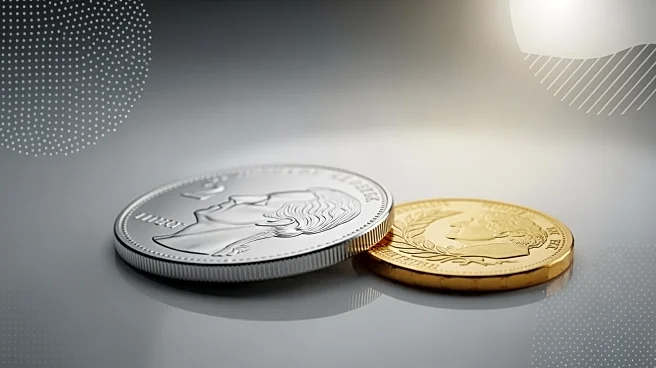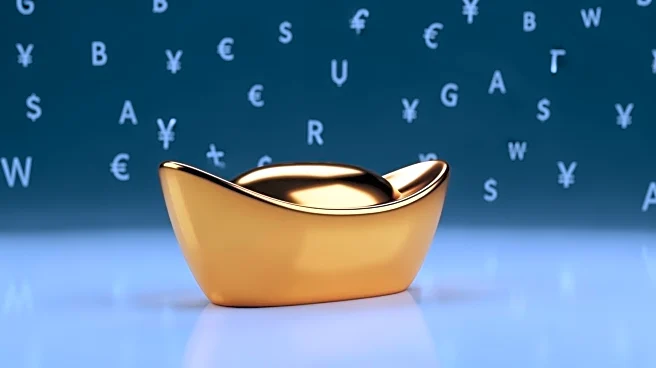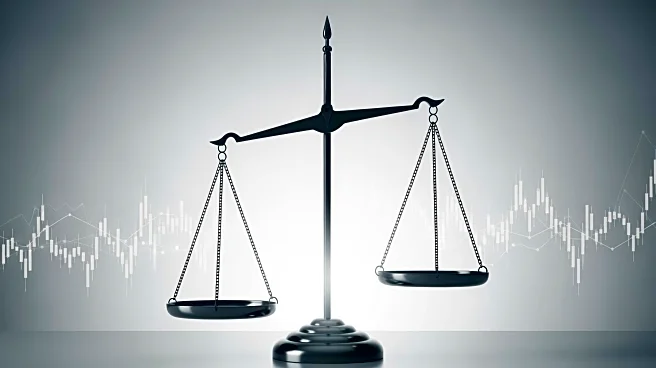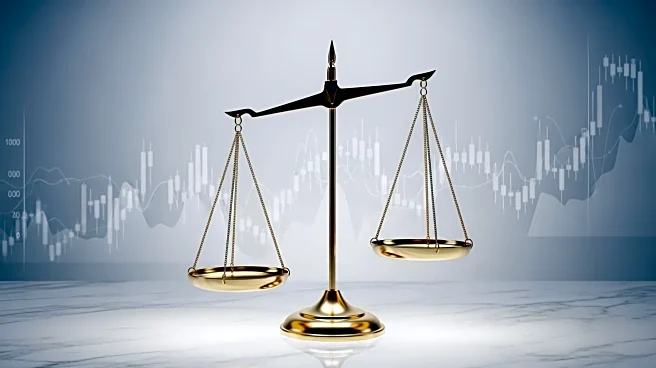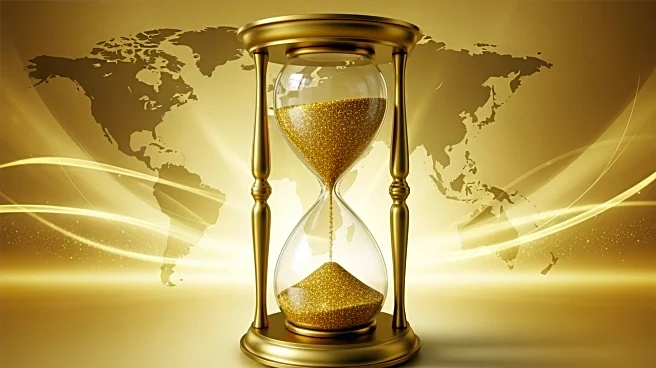What's Happening?
Gold prices have experienced a significant rally since April, surpassing $3,500 per troy ounce and reaching an all-time high of nearly $4,400 on October 20. Despite a slight drop, prices remain historically
high, prompting a modern-day gold rush. Businesses like Hallenbeck Coin Gallery in Colorado Springs are witnessing increased activity as individuals seek to cash in on jewelry, coins, and other items containing precious metals. The surge in gold prices is attributed to geopolitical tensions, economic uncertainty, and a weakened U.S. dollar, which has led investors to seek alternative investments. The demand for gold is further driven by central banks and developing countries purchasing large quantities, while silver sales are boosted by its use in solar panel production.
Why It's Important?
The rise in gold prices reflects broader economic concerns, including inflation and the integrity of the U.S. dollar. As gold is traditionally seen as a safe haven during economic instability, its increased demand suggests a lack of confidence in the current economic climate. Investors who hedge against the U.S. dollar's underperformance by buying gold may benefit, while those who rely on the dollar's strength could face losses. The situation highlights the ongoing challenges in the global economy, with potential implications for monetary policy and international trade. The sustained high prices of gold and silver could influence investment strategies and economic forecasts in the coming quarters.
What's Next?
Major banks have indicated that gold prices are unlikely to crash soon, expecting them to remain high for at least the next few quarters. This outlook suggests continued interest in gold as a hedge against economic uncertainty. The Federal Reserve's actions regarding interest rates and its independence could further impact the dollar's value and, consequently, gold prices. Investors and policymakers will closely monitor these developments, as they could shape future economic strategies and decisions. The ongoing demand for precious metals may also lead to increased mining activities and technological advancements in the industry.
Beyond the Headlines
The current gold rush not only affects investors but also has cultural and historical implications. It echoes past gold rushes, highlighting the enduring allure of gold as a symbol of wealth and security. The situation raises ethical considerations regarding the environmental impact of increased mining activities and the socio-economic effects on communities involved in the gold trade. As gold becomes more mainstream, it may influence consumer behavior and investment trends, potentially leading to long-term shifts in economic practices and priorities.



